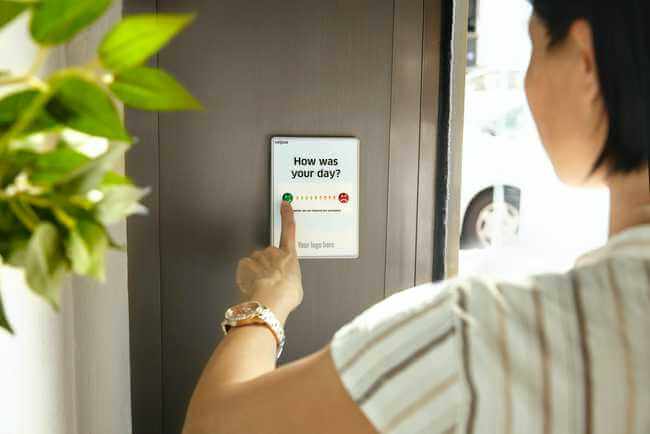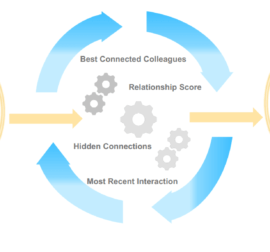 Contact us
Contact us How Behavioural Economics Should Shape Your Customer Experience Designs
Marketers focus a lot of time and attention on bringing in new customers, and retention teams invest heavily into retaining customers, knowing the cost of converting new leads is much higher than that of building loyalty.
Many businesses make the assumption that if a customer has stuck around for a long time, that means they’re happy. Unfortunately, that’s not always the case. Just as people stay in bad relationships out of fear of change or loss, they also stay with poor service providers longer than they should.
Change is harder than we think
As much as we individually like to think we’re logical beings, there’s a significant amount of emotion involved in purchasing decisions. Behavioral economists, those who study the combined fields of economics and psychology, have documented several patterns to do with customer loyalty:
- Perception is more important than reality.
- Education doesn’t necessarily lead to change.
- Our mind is ‘flat’ and uses mental shortcuts.
- Our behavior is controlled by unconscious mechanisms, so we can’t answer truthfully when asked about our motivations.
- We all fall victim to the same biases.
These patterns can be seen in many consumer behaviors. It’s common knowledge, for example, that it’s possible to save a lot of money on utility bills by switching providers yet many people stay with the same provider year after year, wasting significant sums of money for nebulous reasons.
Some of those consumers may even be unhappy with the service they get and complain to their friends about high prices or slow broadband. The provider marks this customer off as ‘satisfied’ when analyzing their customer base, yet the customer is damaging the brand with their complaints to friends and family.
As a business owner, you need to be able to identify when your customers are unhappy, and also find ways to help your rival’s customers overcome the barriers that are making them stay with a provider they’re not happy with.
Using behavioral economics to build valuable loyalty
So, how can we apply knowledge of those patterns to build loyalty that is grounded in value rather than simply an unwillingness to change?
Taking a behavioral approach to your marketing helps you understand what really motivates customers, and how you can tell whether they’re really happy or simply staying with your brand out of habit.
Behavioral Design Thinking is a framework that helps you, as a customer manager or business owner, understand why your customers don’t always respond to your offers the way you’d hoped they would.
It helps you understand how to make your marketing more effective and how to communicate more effectively with your target audience. Whether you’re already gathering extensive data about your customers and how they interact with your brand, or you’re still at the earlier stages, we’re here to help you.
Using Behavioral Design smartFIX, you’ll learn how behavioral audits and careful data analysis can let you see what really drives your customers.
Contact us today to learn more about our powerful customer experience tools!
Roman Kučák, CEO


